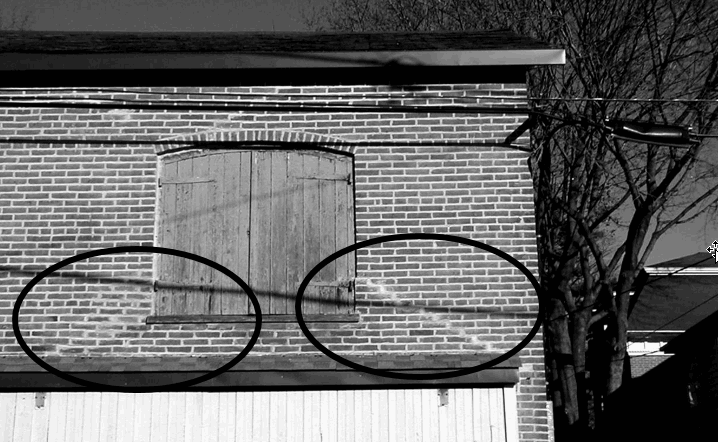David T. Biggs, P.E[1] Thomas E. Forsberg, P.E[2]
- Principal, Ryan-Biggs Associates291 River St., Troy, New York 12180.,
- L. Robert Kimball & Associates 21 W. Washington St., West Chester, PA 19380
ABSTRACT
Design professionals involved in rehabilitation, restoration, or historic preservation of a masonry structure must address mortar replication. For many projects, mortar replication is specified as the responsibility of the Contractor (Jones-1985). Mortar replication is usually done by trial-and-error techniques using numerous samples since exact analyses of mortar for constituent materials, strength, and physical properties can be costly. However, there are techniques whereby design professionals and contractors can determine a reasonable mortar replication in the field. These techniques greatly reduce the number of iterations and trial-anderror samples.
This paper will address some of the procedures that can be used in the field to get the proper replication mortar with reduced effort. Examples will be taken from several projects that have used these techniques to address appearance, texture, and physical properties of the replication mortar.
MORTAR02



